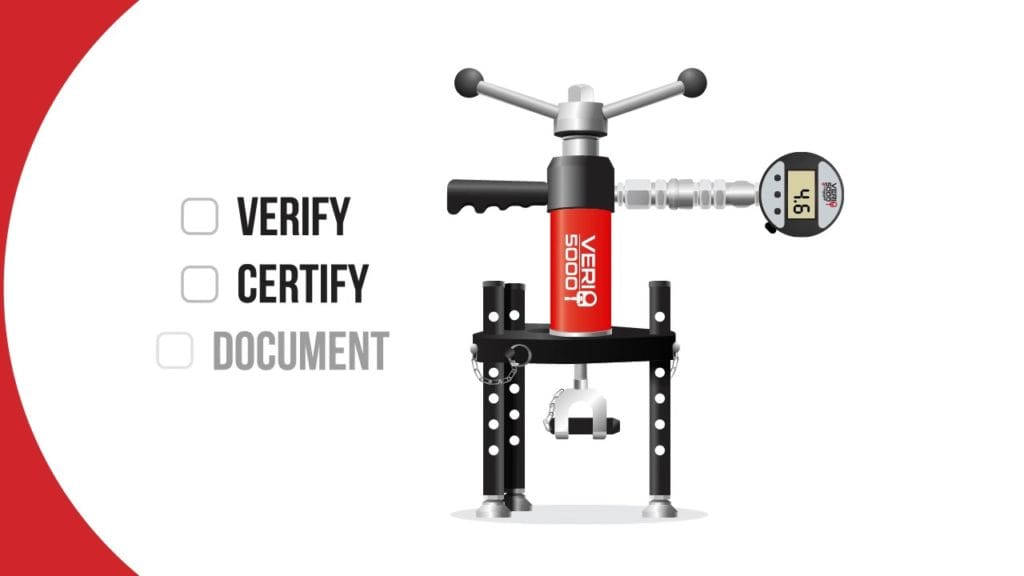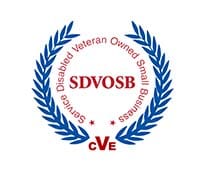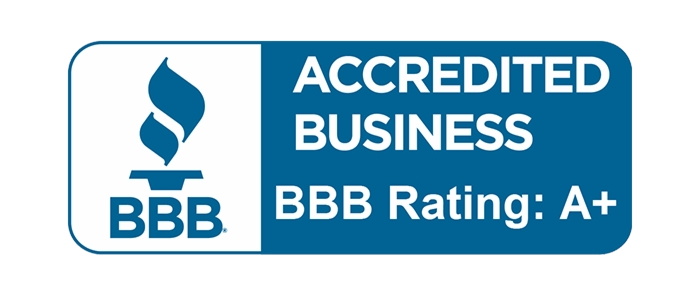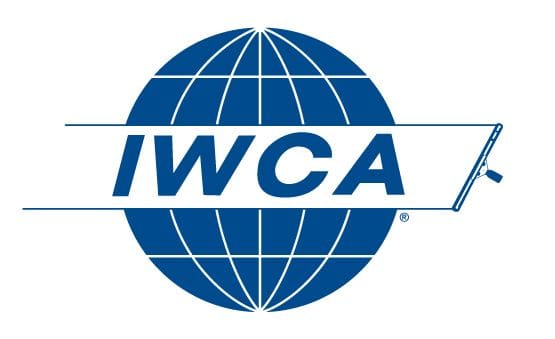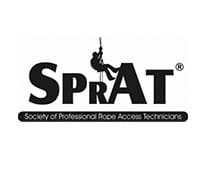Our Safe Practices
The Safety of Our Workers is our number one concern. We maintain an excellent safety record by retaining properly trained employees who intricately care for their equipment. We are consistently investing in our employees training and by providing sound, properly functioning tools and equipment. We have several safety programs and courses our employees must attend and comprehend throughout their career at VIP Special Services.
We always enclose our area of operation with safety cones, caution tape, signs, and if need be, temporary walls.
We have experience working on and above railroad tracks, with overhead power lines. SEPTA and NJT have certified us to safely work in all railway situations.
We have the experience and DOT approved safety equipment used to successfully redirect traffic, while working on a garage, overpass or footbridge spanning a roadway.
Occasionally we must rent specialized equipment, however safety is never compromised. We have developed an affirmative relationship with our rental suppliers, upholding our same quality and standards.
All VIP Special Services Technicians and Subcontractors who perform Rope Access work are required to maintain current IRA certifications.
Permanent Anchor System Compliance
Need your anchor points Tested and Certified?
VIP Special Services is qualified to test all permanent anchor points rather than hire a third party. We use the VERI 5000 FCAVD-D Combination Fall Protection and Construction Anchorage Verification Device to ensure the anchors are safe prior to each use.
Click on the image to the left to learn more.
Rope Access & Rigging
In the case where a building exceeds 300’ in height, per OSHA the typical rope descent system is not applicable. However, having our Rope Access Technicians SPRAT certified and having our own OSHA Fall Protection Person Certified Levels I & II by 3M, allows us to develop a specific access plan applicable to you building and safely employ temporary anchor points. See the example to the right, this building had no anchor points, but the parapet walls passed our pull test.
Ground Safety & Warning Signs
Wether working on the ground inside, rappelling from above, or operating an Aerial Lift near a roadway, we always enclose our area of operation with safety cones, caution tape, signs and if need be, temporary scaffolding, fencing and walls.
On the ground we always keep a Flag Person within our area of operation ensuring no one accidentally walks into or underneath our worksite.
On the roof we always keep an experienced Technician onsite to ensure the safety of our equipment and tiebacks. This Technician will also ensure the proper care is taken to ensure nothing penetrates the roof membrane. Should any emergencies arise, this Technician will take immediate and appropriate action.
OSHA 1910.27 the Standard Pertains to YOU...
There seems to be some confusion concerning window cleaning and the responsibilities of building Owners, Managers and Contractors when it comes to providing and maintaining anchor points, the certification of those anchor points (if permanent anchor points are provided) and the proper appliance of OSHA Standard 1910.27. I would like to take this opportunity to disclose my company’s Proposed Methods of Providing Anchor Points and Safe Access for our Technicians even when there are no permanently installed anchor points.
The information provided is not meant to be construed as derogatory or demeaning to any person(s), organization(s) or method(s). It is my intention to clarify the OSHA approved methods of access we utilize when performing any exterior maintenance work at heights, with literature directly from OSHA, the IWCA and SPRAT.
First, I feel it is important that I clarify a few acronyms and definitions.
OSHA – Occupational Health and Safety Administration
With the Occupational Safety and Health Act of 1970, Congress created the Occupational Safety and Health Administration (OSHA) to ensure safe and healthful working conditions for workers by setting and enforcing standards and by providing training, outreach, education and assistance.
IWCA – International Window Cleaning Association
The mission of the IWCA promotes the success of members through standards of safety, education advocacy and research.
RDS – Rope Descent System
A Rope Descent System is a non-motorized system that uses gravity, with the worker controlling their rate of descent to access the interior and exterior facade of a building. The system’s friction device also allows workers to stop the descent and remain suspended at any location along their rope to perform their work.
IRA – Industrial Rope Access
A means of access by descending or ascending a main line while the worker is protected by a safety line. Rope access also includes the use of climbing and aid climbing techniques with fall protection.
SPRAT – The Society of Professional Rope Access Technician
SPRAT’s mission is to advance the safe use of rope access through education, standards development, and administering certifications. Since 2001, thousands of rope access technicians representing dozens of companies and government agencies have been certified to SPRAT standards. Currently, SPRAT supports companies and technicians using rope access with regulatory support, networking, and opportunities to participate in developing industry-consensus standards. SPRAT’s development of industry-consensus standards, including Safe Practices for Rope Access Work and Certification Requirements for Rope Access Work, not only raised the awareness of the safety and effectiveness of rope access systems, but also paved the way for California’s Department of Industrial Relations effort to create one of the first laws sanctioning the use of rope access systems in North America. Since then, Alberta and New York City have followed suit with support from SPRAT and its members.
- Here is a link to a letter requesting clarification of the difference between IRAS and RDS from the IWCA Safety Director to OSHA: https://peak-fp.com/wp-content/uploads/2020/05/IWCA-Interpretation-for-IRA.pdf
Here is a link to a letter clarifying the difference of IRAS and RDS, from OSHA to the IWCA Safety Director: https://www.osha.gov/laws-regs/standardinterpretations/2020-05-21
Now that I have clarified the difference between IRA and RDS allow me to address the technicalities of each.
RDS (Rope Descent Systems) operators are required by OSHA to maintain anchorage capable of withstanding at least 5,000 lbs, i.e. permanent anchor points.
https://www.osha.gov/laws-regs/regulations/standardnumber/1910/1910.27
1910.27(b)(1)(i)
Before any rope descent system is used, the building owner must inform the employer, in
writing that the building owner has identified, tested, certified, and maintained each
anchorage so it is capable of supporting at least 5,000 pounds (2,268 kg), in any direction,
for each employee attached. The information must be based on an annual inspection by a
qualified person and certification of each anchorage by a qualified person, as necessary, and
at least every 10 years.
IRA (Industrial Rope Access) Technicians are required to maintain separate anchor points on any qualified surface, each capable of withstanding at least 2,700 lbs. Rope access technicians may meet or exceed the requirements based on the best available means and access.
https://sprrat.s3.amazonaws.com/repository/root/94f5c696-db82-4249-81aa-bf41dfad51dd.pdf
12. Rope Access Systems
12.1. Anchorage Systems
12.1.1. Anchorage systems used as the primary support within a main or backup
system shall have a minimum strength of either 12 kN (2700 lbf), or two
times the maximum arrest force of the backup system when used in
accordance with manufacturer specifications, whichever is greater.
12.1.2. A minimum of two anchorage systems shall be used to establish the main
and backup systems.
Permanent and Temporary Anchor System Compliance
Having an OSHA Qualified Fall Protection Person via 3M on staff VIP Special Services qualified to test and certify all permanent anchors and temporary anchor points for safe use. We use the VERI 5000 FCAVD-D Combination Fall Protection and Construction Anchorage Verification Device to ensure the anchor points are safe prior to each use.
Summary
There are some clear differences between a typical Window Cleaning RDS and a Rope Access System, and those differences are recognized by OSHA.
Permanently installed rooftop anchors are the preferred and suggested anchor systems for use with both RDS and IRA Systems, but not required.
There are several other differences, as you’ve read, but those two key components allow for much more flexibility in safely rigging and accessing the work on any job-site. In short, there are fundamental differences in the training and equipment used for RDS and IRA.
Unnecessary Rooftop Anchor Retrofits
The next time someone tells you they cannot safely access the work without first installing permanent rooftop anchor points, consider the source and do your due diligence before signing any contracts.
- Read through the information provided via the links above.
- Call OSHA directly and ask for clarification.
- Ask your contractor if their employees are trained and certified for the use RDS or IRA.

